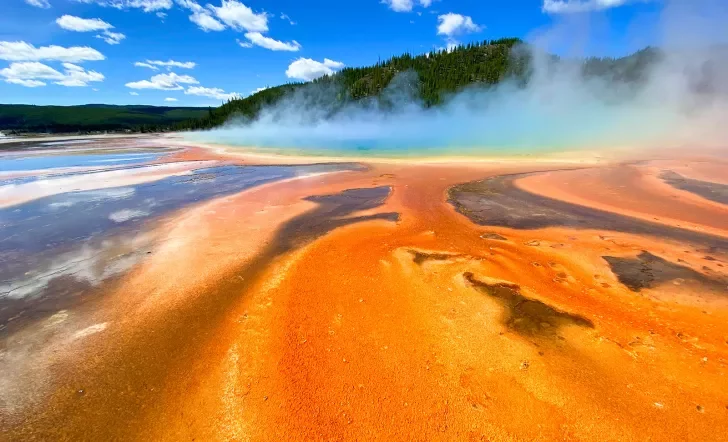Water hydration packs can help make your hiking excursion simpler and more comfortable by making hydration easy. Water packs allow you to drink on the move, eliminating the need to stop just to dig out water bottles from your pack. There are many styles to choose from, and it’s important to make the right purchase for your needs. Ready to add a hydration pack to your quiver of outdoor supplies? Here’s what you need to know.

- How to Choose the Right Water Pack
- Size and Capacity
- Fit and Comfort
- Ventilation
- Types
- Ease of Use
- Last Word of Advice
How to Choose the Right Water Pack
Consider the following criteria when selecting a hydration pack for your journey.
Size and Capacity
On any outdoor excursion, it’s always preferable to avoid carrying excess weight. That being said, you also want to have a safe amount of water—especially in hot, dry climates. With water packs, be aware there’s a wide range of sizes and water capacities from which to choose. (Generally they range from 1.5 to 4 liters.) Consult with local experts (park rangers or visitor center employees) to determine the recommended daily amount of water for outdoor activities in that environment. As a guideline, Backroads trip leaders typically carry two to three liters on day hikes ranging from five to fifteen miles.
Fit and Comfort
Hydration packs come in various sizes, and different models are designed for various body types. This includes those designed specifically for women, younger hikers and others. Make sure your water pack is comfortable to wear for long journeys. Spend time in the store trying different styles on, ask the store experts for sizing assistance, and add weight to the pack to get a proper idea of how it’ll feel on the trail.
For those looking to store other items within their hydration packs, plan to purchase a model with adequate extra storage space.
Backroads Pro Tip
To help evenly distribute the weight and provide more comfort and stability, always choose a pack with a sternum (chest) strap and a waist belt.
Ventilation
Hydration packs with proper ventilation will help to limit perspiration. Look for breathable fabrics and water packs with mesh and integrated air channels. Excessive perspiration generally leads to increased water needs which add to pack weight and perspiration can lead to damp clothing which is not ideal particularly in cold environments.
Types
Once you start looking at water packs, you’ll find there’s a wide variety of styles, and these vary depending on the activity they’re designed for. For hiking, you’ll most likely want a medium-size hydration pack that offers space for extra essentials, such as a rain jacket, snacks, camera and more. If your main activity will be trail running or quick hikes, an ultralight pack will likely be your best option. For longer or overnight hikes, most backpacks these days come with integrated bladder sleeves, so all you’ll need to purchase is a water reservoir to insert into this specially designed sleeve.
Backroads Pro Tip
If you’re heading to a chillier climate, be on the lookout for hydration packs that can be adapted to colder temperatures. Look for extra amenities, such as rain covers, bite valve covers and insulated reservoirs.
Ease of Use
When choosing a water pack, make sure it’s easy to refill. Keep in mind this often depends on where you’ll be refilling your water pack. (Will you, for example, be filling up most often in the kitchen sink or a running stream?) Make sure the actual bladder (hydration pack) is easy to reach and remove from your backpack. You also want to make sure the hose (the part you drink from) is easily accessible and can be reached without having to take off your entire water pack.
Last Word of Advice
As with all quality outdoor gear, you get what you pay for. Less expensive hydration packs will almost surely leak, and they have a much shorter life-span. It’s worth spending the extra money to ensure quality, particularly when you’re investing in an essential fundamental like your water supply transport.




